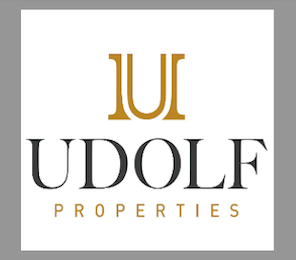Richard Freund, director of the Maurice Greenberg Center for Judaic Studies at the University of Hartford, has been named a Connecticut Quality Improvement Award (CQIA) Gold Winner for his innovative use of technological advances in geophysics in the field of archaeology. Freund will be presented with his award at the CQIA’s 24th annual Conference on Quality and Innovation, to be held on Tuesday, Sept. 20, at the University of Hartford.
Freund is being recognized for bringing together a team of scientists who use geophysical sub-surface mapping of archaeological sites to allow for an inexpensive, non-invasive, non-destructive method to explore sensitive archaeological sites around the world.
“Archaeological permits are becoming more difficult to attain and excavations are becoming increasingly expensive, extremely labor intensive multi-year projects using techniques that are basically destructive,” Freund noted. “For years, archaeologists have been interested in utilizing non-invasive, non-destructive geophysical methods to gain information remotely about the subsurface before excavating. There are also places where it is not convenient to excavate (due to political, social, economic or religious sensitivities, burial places, water table problems or living spaces that are occupied) which makes excavation extremely problematic but still important for data gathering purposes and historical research.”
In the past five years the Greenberg Center has coordinated projects with archaeologists around the world to implement this innovative approach. The Greenberg Center undertook projects at very sensitive religious and cultural sites that others were unable to easily undertake because of logistical problems. The technique has been featured in three television documentaries.
“In Europe, for example, we worked with Israeli and Polish archaeologists at the extermination camp of Sobibor in 2008. We were able to map the sub-surface of what remains of a site that contains the resting place of hundreds of thousands of victims from the Holocaust but allow archaeologists to focus on the infrastructure of the Nazi camp without disturbing the remains of the victims,” said Freund.
In 2009 and 2010, Freund worked in southern Spain with Spanish archaeologists in one of the most sensitive biological parks in Europe, the Doña Ana Park in Andalusia, Spain. The discoveries there were chronicled in the recent National Geographic television documentary, “Finding Atlantis.”
SHARE








 Southern New England Jewish Ledger
Southern New England Jewish Ledger










